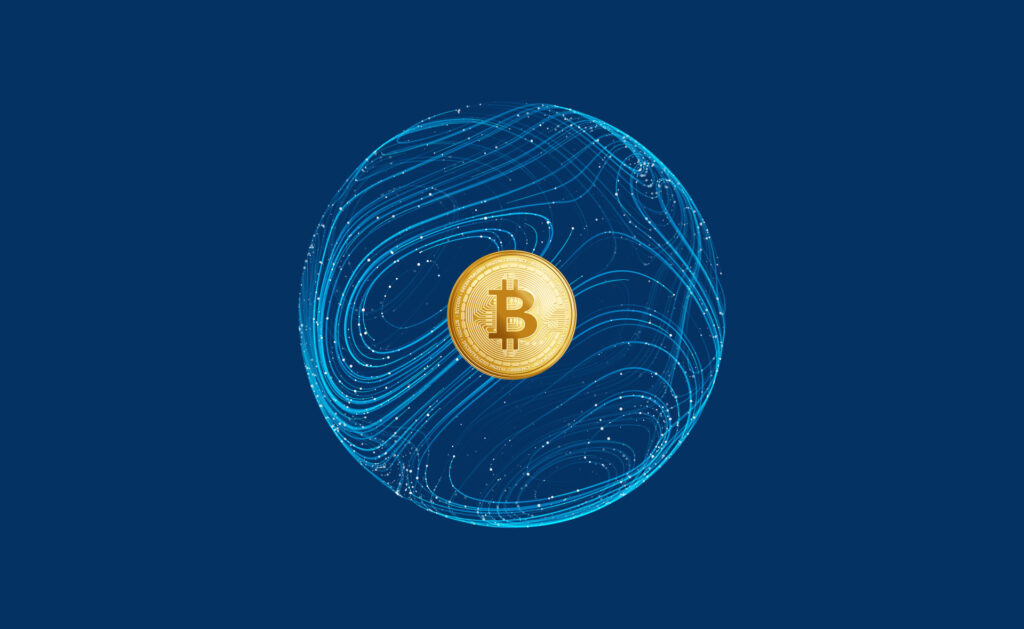The rapid growth of cryptocurrency mining has driven demand for more efficient and sustainable hardware solutions. If you enjoyed this information and you would certainly such as to receive additional facts relating to how to get free Litecoin kindly visit the web site. Among these innovations, water-cooled Application-Specific Integrated Circuit (ASIC) miners have emerged as a groundbreaking technology, addressing critical challenges in heat management and energy consumption. This case study explores the implementation, benefits, and outcomes of water-cooled ASIC miners in a large-scale mining operation.
Background: The Rise of ASIC Miners and Heat Challenges
ASIC miners are specialized hardware designed to perform the complex calculations required for blockchain validation. While they outperform general-purpose CPUs and GPUs in efficiency, their high processing power generates significant heat. Traditional air-cooling systems, which rely on fans and heat sinks, often struggle to dissipate this heat effectively, especially in densely packed mining farms. Excessive heat not only reduces hardware lifespan but also increases energy costs due to constant cooling demands.
In 2022, a mining facility in Norway—operating over 5,000 ASIC units—faced recurring issues with overheating. Despite using advanced air-cooling systems, ambient temperatures in server rooms frequently exceeded 40°C (104°F), leading to hardware throttling, downtime, and a 15% increase in maintenance costs annually. The facility’s energy expenditure for cooling alone accounted for 35% of its operational budget.
The Shift to Water-Cooling Technology
To address these challenges, the facility partnered with a German engineering firm specializing in liquid cooling solutions. The goal was to retrofit existing ASIC miners with a closed-loop water-cooling system. Unlike air cooling, water-cooling uses a liquid coolant to absorb heat directly from the ASIC chips, transferring it to external radiators for dissipation. This method leverages water’s superior thermal conductivity, which is 25 times greater than air.
The retrofit involved installing custom-designed copper cold plates onto each ASIC miner’s hash boards. These plates were connected to a network of tubes circulating a non-conductive coolant. The system also included pumps, heat exchangers, and a secondary loop that expelled heat into a nearby body of water, taking advantage of Norway’s cold climate for passive cooling.
Implementation and Operational Adjustments
The transition to water-cooling required a phased approach:
- Pilot Testing: A cluster of 100 ASIC miners was retrofitted with the water-cooling system. Sensors monitored temperature, coolant flow, and energy use.
- Infrastructure Upgrades: The facility installed insulated piping, leak detection systems, and backup pumps to ensure reliability.
- Staff Training: Technicians were trained in maintaining liquid-cooled systems, including coolant replacement and troubleshooting.
Initial challenges included minor leaks during installation and the need to optimize coolant flow rates. However, these issues were resolved within three months, and the system achieved stable operation.
Results: Efficiency Gains and Cost Reductions
After six months of full-scale deployment, the facility reported transformative outcomes:
- Temperature Reduction: Average ASIC chip temperatures dropped from 75°C to 45°C, eliminating thermal throttling and boosting hash rates by 12%.
- Energy Savings: Cooling-related energy consumption decreased by 40%, reducing the facility’s overall carbon footprint.
- Hardware Longevity: Equipment failure rates fell by 60%, extending the lifespan of ASIC units from 2.5 to an estimated 4 years.
- Operational Costs: Annual savings exceeded $1.2 million, primarily from lower energy bills and reduced maintenance.
Additionally, the captured heat was repurposed to warm nearby greenhouses, supporting a local agricultural project—an unexpected sustainability benefit.
Challenges and Lessons Learned
While water-cooling proved advantageous, the project highlighted several considerations:
- Initial Investment: The retrofit cost $800 per ASIC unit, totaling $4 million for 5,000 miners. However, ROI was achieved within 18 months via operational savings.
- Complex Maintenance: Liquid systems require rigorous monitoring for leaks and coolant quality, necessitating skilled personnel.
- Scalability: Expanding the system to additional miners required careful planning to avoid overloading heat exchangers.
Future Applications and Industry Impact
The success of this project has spurred interest in water-cooled ASIC miners across the mining sector. Manufacturers like Bitmain and MicroBT now offer pre-configured water-cooled models, reducing retrofitting barriers. Moreover, data centers in warmer climates are exploring hybrid cooling systems that combine liquid and immersion cooling.
In regions with renewable energy, such as Iceland and Canada, water-cooled miners are being integrated with hydroelectric and geothermal power, creating near-zero-emission mining operations. Researchers are also investigating AI-driven cooling optimization, where algorithms adjust coolant flow in real time based on workload and ambient conditions.
Conclusion
Water-cooled ASIC miners represent a paradigm shift in cryptocurrency mining, balancing performance, sustainability, and cost-efficiency. The Norway case study demonstrates that liquid cooling is not merely a niche solution but a scalable strategy for the industry’s future. As mining operations face increasing pressure to reduce environmental impact, adopting advanced thermal management technologies will be crucial. Water-cooling, with its proven benefits and adaptability, is poised to play a central role in this evolution.

 by sherrilllarose0
by sherrilllarose0








Leave a Reply